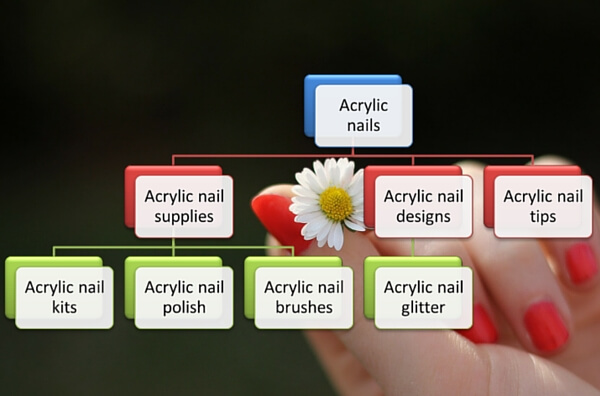Maximizing Your WordPress SEO Potential
WordPress has evolved into a powerhouse website platform, offering user-friendly content management and robust SEO capabilities. Proactive SEO strategies are essential to stand out against the digital clutter.
Over a third of websites leverage WordPress, and its SEO-friendly nature is a major draw for businesses seeking online visibility. However, merely launching a WordPress website won’t guarantee top rankings on search engines. Today, we’ll explore four impactful ways to elevate your WordPress site’s SEO prowess. Here’s what you need to know.
Conduct Comprehensive Keyword Research
Effective SEO begins with understanding the search landscape and identifying relevant keywords that align with your business objectives. At Onimod Global, we emphasize meticulous keyword research to uncover valuable insights into user intent and search trends.
By leveraging the advanced Keyword Overview tool, we pinpoint high-potential keywords to optimize your site’s content effectively. Whether you’re embarking on a new SEO project or refining existing content, strategic keyword selection lays the foundation for enhanced visibility and organic traffic.
Craft Compelling Title Tags & Meta Descriptions:
Title tags and meta descriptions are gateways to your website, influencing user engagement and search engine rankings. While WordPress plugins like Yoast simplify the process by auto-generating these elements, customization is key to maximizing their impact.
At Onimod Global, we employ a tailored approach, optimizing title tags with relevant keywords and crafting enticing meta descriptions to boost click-through rates. Whether through snippet variables or custom text, our focus remains on captivating users while aligning with SEO best practices.
Harness the Power of Internal Linking:
Internal linking is a fundamental yet often overlooked aspect of SEO. It offers numerous benefits, from establishing topical relevance to distributing authority across your site. We advocate for strategic internal linking to enhance user navigation and signal content relevance to search engines.
With WordPress’s intuitive interface, integrating internal links seamlessly becomes second nature. We strategically interconnect relevant pages to optimize your site’s structure for improved crawlability and user experience.
Implement Schema Markup for Enhanced Visibility:
Though it’s less commonly utilized, Schema markup presents a significant opportunity to boost your SEO efforts. By providing search engines with structured data, schema markup enhances content context and enables rich snippets in search results.
Onimod Global stays ahead of the curve by leveraging schema markup to enrich your site’s appearance in SERPs and help enhance user engagement. From product listings to event details, our digital marketing team implements schema markup tailored to your content, elevating your site’s visibility and click-through rates.
Final Thoughts
Maximizing your WordPress site’s SEO potential in the competitive digital landscape is paramount for sustained success. With Onimod Global as your trusted partner, you gain access to knowledge and cutting-edge strategies designed to propel your online presence to new heights.
From keyword optimization to schema markup implementation, our holistic approach helps ensure comprehensive SEO coverage tailored to your unique business goals. Don’t settle for mediocrity—partner with Onimod Global and unlock the full potential of your WordPress website today.
About Onimod Global
Onimod Global is a Chicago-based digital marketing agency with clients across the globe. With nearly 20 years of experience creating comprehensive solutions tailored to elevate your online presence, from SEO and social media management to website development and paid search advertising, we offer diverse services to meet your specific needs. With a commitment to excellence and personalized customer service, we empower businesses to thrive in the digital landscape.
Contact us today to embark on your journey towards online success.





